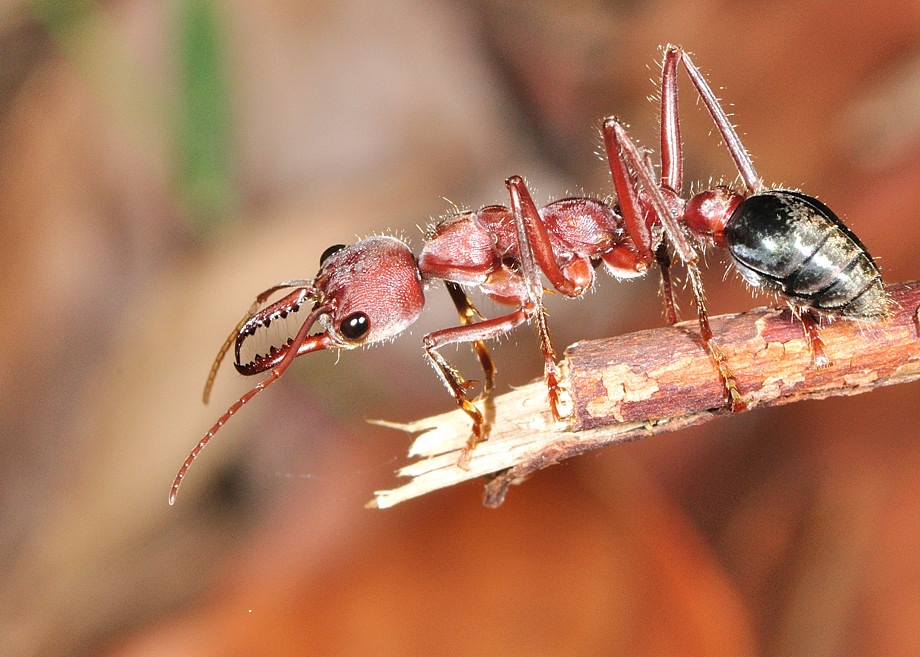
Bulldog ant – This is the most dangerous ant in the world. These ants belong to the genus Myrmecia Pyriformis. They are mainly found in Australia and Tasmania. These ants, which have no fear of humans, attack quickly. They attack by biting with their teeth and injecting venom.

Bulldog ants are also known as bull ants, inch ants, sergeant ants, jumper ants and jack jumpers. These are very brave species of ants. They are mostly found in Australia. They are bitten by sharp chisel-like teeth; At the same time, the poisonous formic acid is injected into the victim’s body. They are known as the most dangerous ants in the world. Thirty bites from this ant can kill a healthy person. They are able to inject venom with each bite. That is to say, this ant may have injected venom more than once.
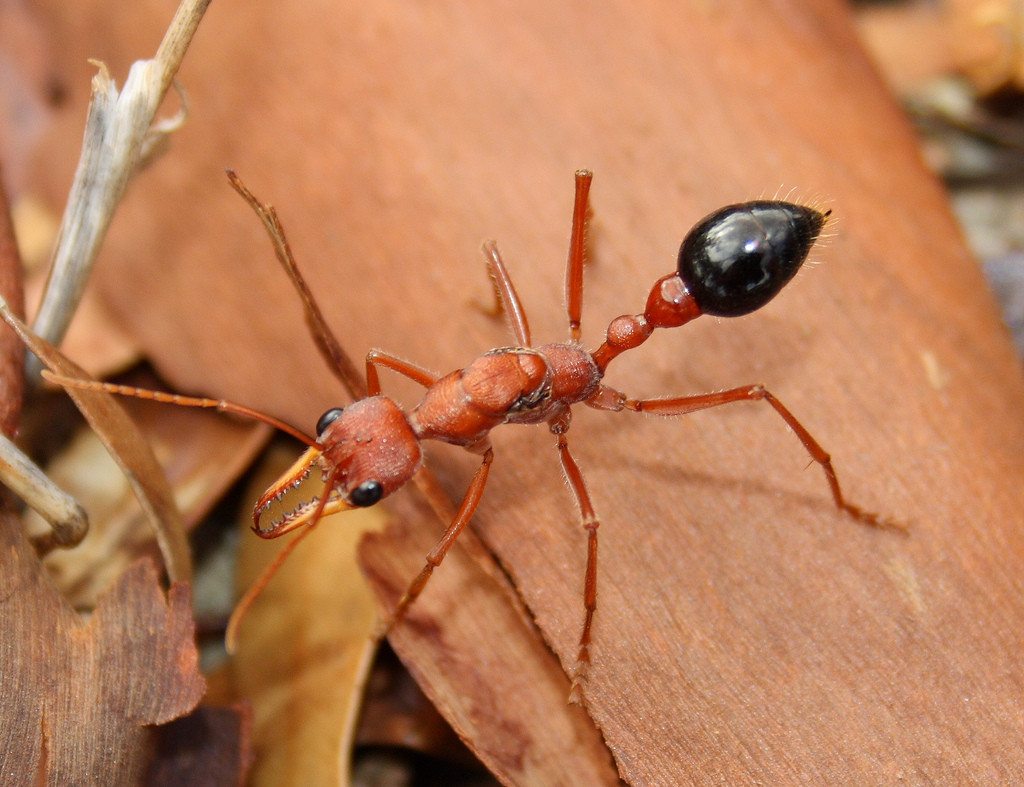
It is said that they inject poisonous formic acid into the body of the victim. Within 15 minutes of injecting this poison, a healthy man dies. Humans have been reported to have died from their bites since 1936. Typical ants range in size from two millimeters to four millimeters. However, these large red ants grow to 8-40 mm in size, depending on the species. Although common ants are visually impaired, bulldog ants can recognize up to a meter away. They are found in forests, wastelands and urban areas. They live off the coast of Australia.
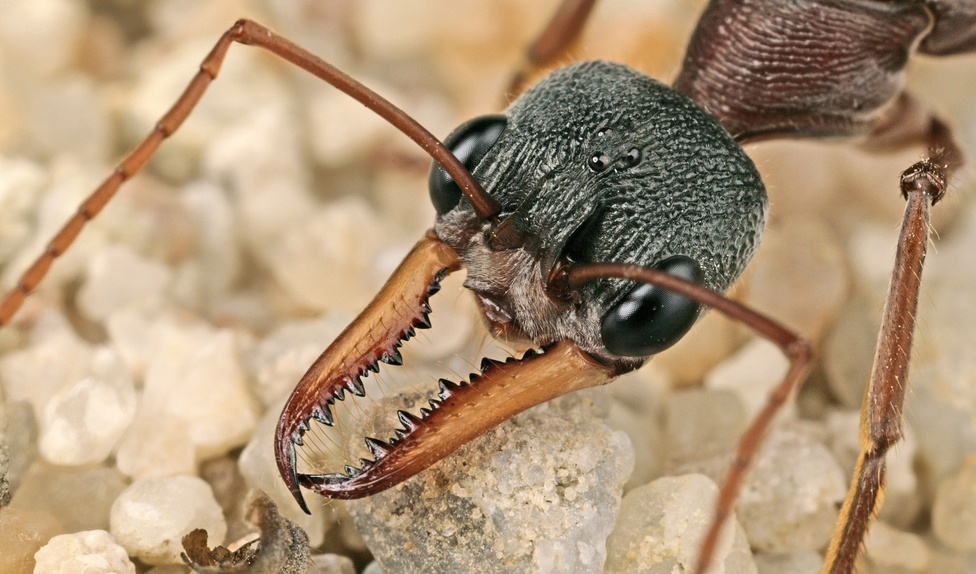
Some more things …
These are always very careful as they have the ability to move fast. These ants like to live very freely. In nature, they do not travel in groups. The queen ant finds food on its own. Ants are most active during the warmer months. In winter, they move to the deepest parts of the earth. These are released during daylight hours only.
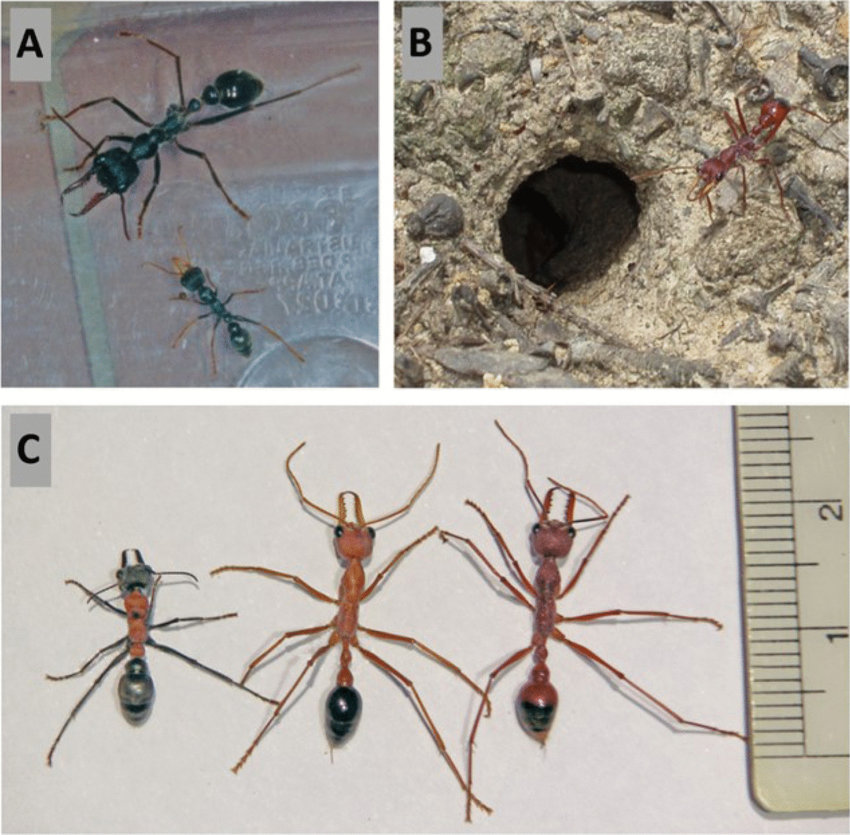
They feed on certain plants and honey. Sometimes they also prey on insects. Their diet includes fruits, fungi and seeds
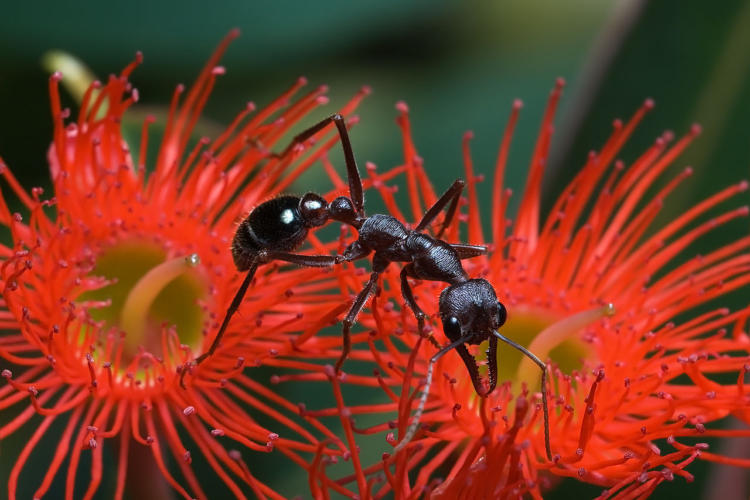
These ants communicate by touch and smell. Some bulldog ants are aggressive and can jump up to two inches long. This is not the case with normal ants.
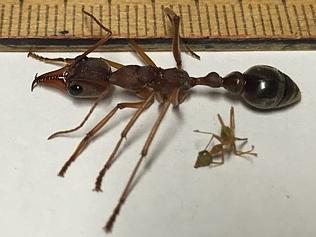
There are over 90 species of bulldog ants in Australia that follow different behaviors and life cycles.
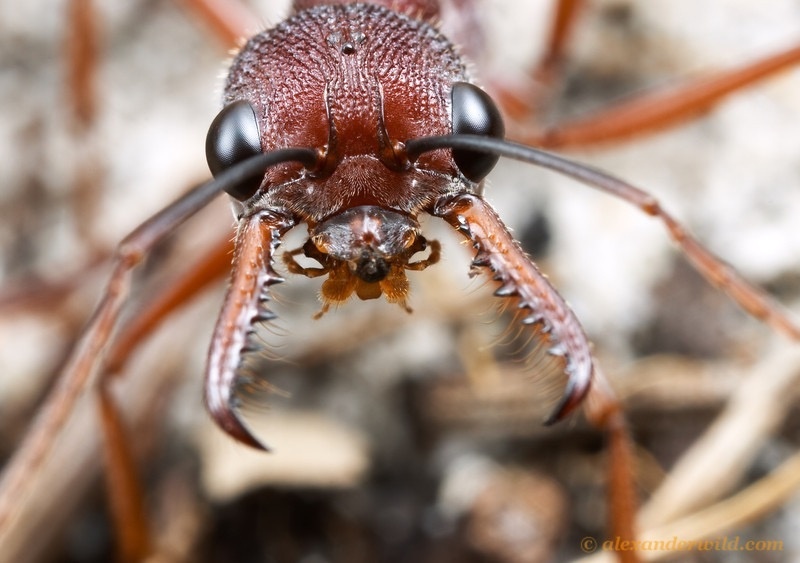


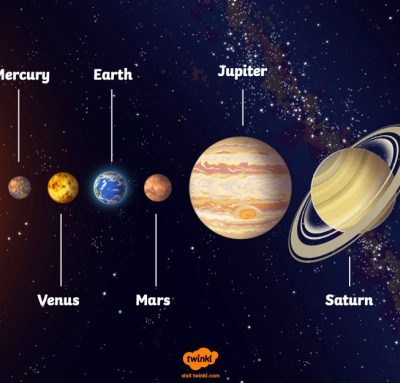
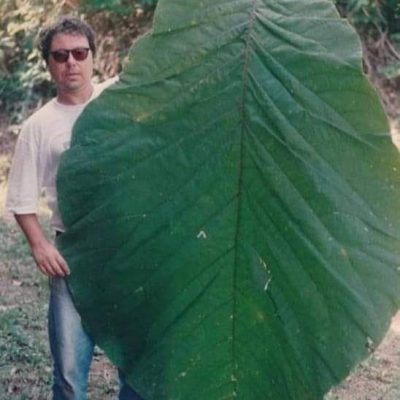
Recent Comments